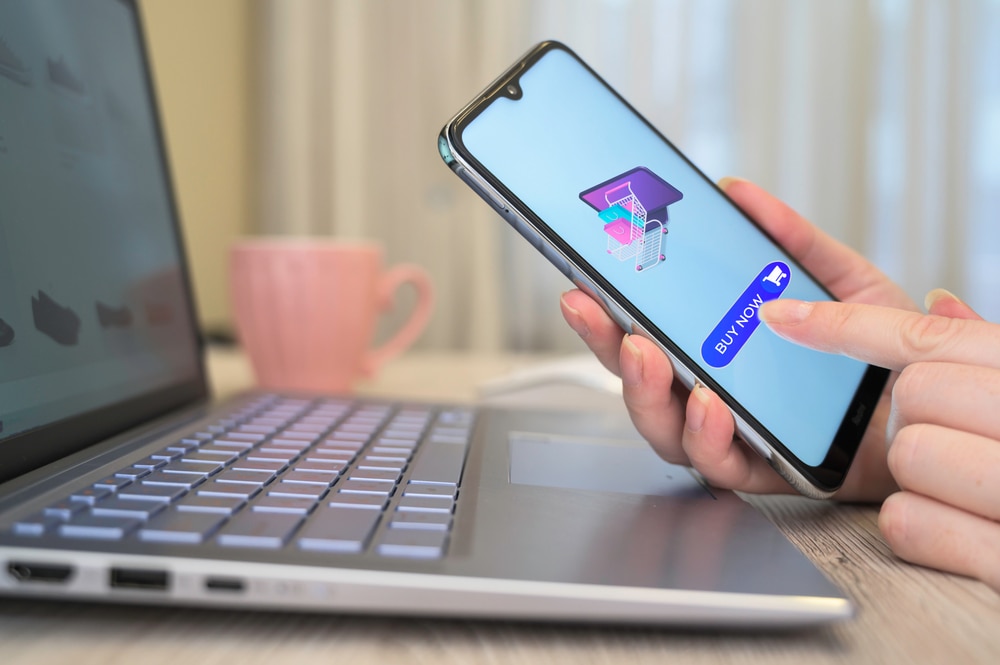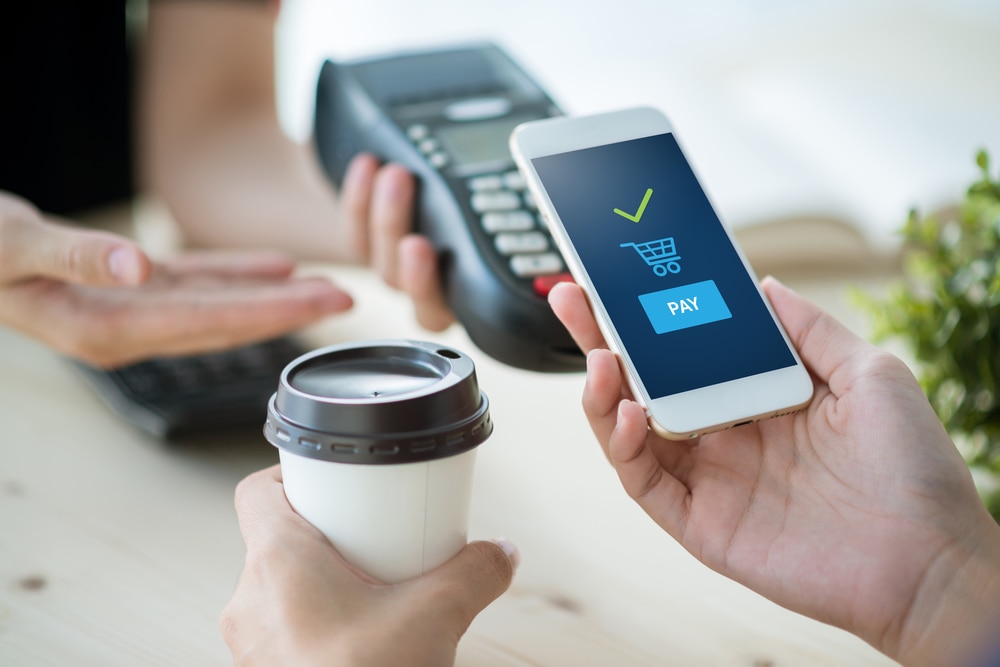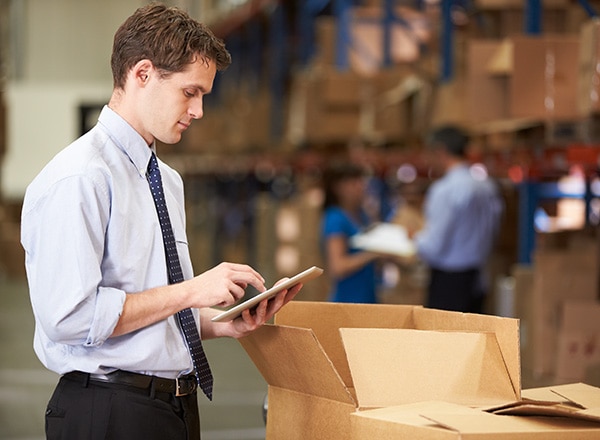Customer experience has seen a significant transformation in recent years. The rise of e-commerce and adaptive technologies have created new customer touchpoints, enabling users to interact with businesses through a complex network of channels and platforms. While this shift equals greater convenience for the customer, it makes providing a seamless customer experience increasingly challenging. To combat the risk of disjointed or confusing buying journeys, savvy businesses are making frictionless commerce a key focus.
In this post, we’ll go over what the rise in friction-free commerce means for your business. We’ll also discuss ways you can help your business succeed in the digital age by optimizing the customer experience. Keep reading to learn everything you need to know about creating a delightful buyer’s journey with friction-free commerce, or use the jump links below.














